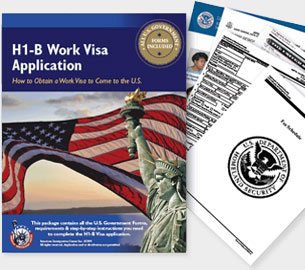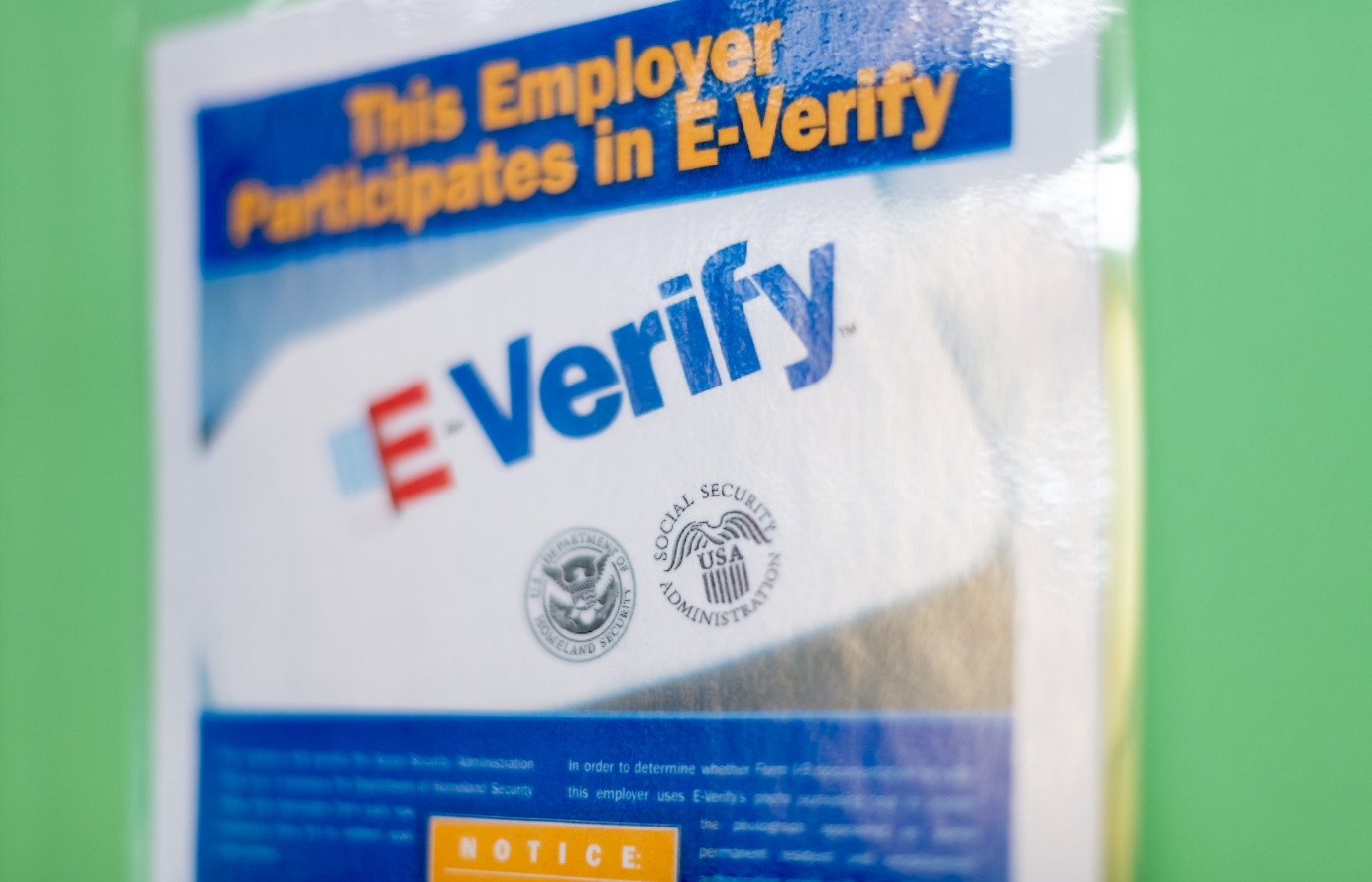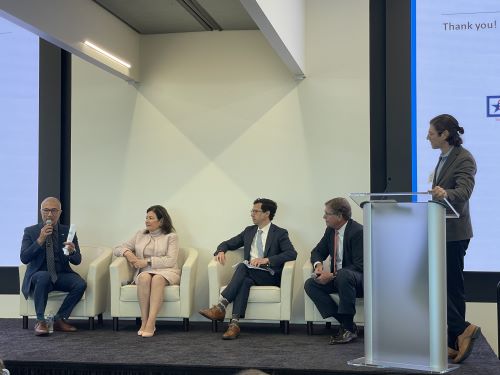Costs and Benefits of Guest Worker Visa Quotas Determined by Formulas
 On April 1st, the federal government will begin accepting petitions for hiring workers on the H-1B visa–a temporary visa for skilled workers. H-1B visas for highly skilled workers are annually limited to 85,000 for private firms. There is no numerical limit for H-1Bs employed at non-profit research institutions affiliated with universities. The numerical cap for private firms was reached in fiscal years 2015 and 2016 within seven days after applications could be submitted. During poor economic times, the visa cap can take months to fill, but it does do so without fail except for the years 2001 to 2003 when the cap was increased to 195,000 annually during a poor economy.
On April 1st, the federal government will begin accepting petitions for hiring workers on the H-1B visa–a temporary visa for skilled workers. H-1B visas for highly skilled workers are annually limited to 85,000 for private firms. There is no numerical limit for H-1Bs employed at non-profit research institutions affiliated with universities. The numerical cap for private firms was reached in fiscal years 2015 and 2016 within seven days after applications could be submitted. During poor economic times, the visa cap can take months to fill, but it does do so without fail except for the years 2001 to 2003 when the cap was increased to 195,000 annually during a poor economy.
There are obvious economic benefits from adding more skilled workers so the numbers should be expanded greatly, preferably without government-created limits. Taking a page from the Senate’s 2013 immigration reform bill (S. 744), one way to expand the numbers and adjust them annually based on market conditions would be through a formula that takes into account labor market conditions. The formula could be a big improvement to the current system but it also carries several risks.
There are some rules of thumb the government should follow if it chooses to create such a formula. It should be simple and based on publicly available economic data like the unemployment rate. The formula should not include variables such as the opinions of various stakeholders or appointed officials. For example, unions or technology firms should not be able to pull a number from their respective black boxes to influence the outcome: any decision should be purely based on publicly available economic data. Finally, if guest worker visas are assigned to sector- or occupation-specific areas of the economy, the economic data applicable to that sector of occupation should be the only data relevant in calculating the number of visas issued.
Learning from S. 744
S. 744 included a formula that would adjust the number of W-visas issued each year beginning four years after it was created. The formula was complex and included:
- The number of applications for the W-visa in the previous year,
- The number of job positions open for the visa,
- The number of currently unemployed Americans,
- The number of unemployed Americans last year,
- The current Bureau of Labor Statistics (BLS) job openings,
- The number of BLS job openings from last year, and
- Numerical recommendations of the Commissioner, or Migration Czar, of the newly-created Bureau of Immigration and Labor Market Research.
The formula is a manageable improvement over the current restrictive system except for the last two points.
Migration Czar
A Migration Czar’s decisions would be very important in setting the number of W-visas because his decision is heavily weighted. His input increases economic uncertainty because it could change without regard to any external factor. In a Democratic administration, the appointed Migration Czar could be a supporter of organized labor and, thus, likely recommend lower numbers. In a Republican administration, the Migration Czar could be a supporter of employers and, thus, likely recommend higher visa numbers. Far from creating an objective means of determining future visa flows, the Migration Czar could skew the number of visas toward political considerations and away from economic ones.
Under the formula, if the number of current BLS job openings was as high as it was in January 2001 (its peak according to historical data) and the number of unemployed Americans falls to 5.5 million (the lowest number recorded on an annualized basis since 1980), then the formula would still not grant the maximum number of W-visas unless the Migration Czar recommends that maximum for two consecutive years. If the Migration Czar recommends that only 100,000 visas should be issued annually during the same prosperous economic conditions described above, then the number of W-visas issued would actually decline for two years before climbing (assuming the number of applications increased by 25 percent per year).
Previous Years Have Too Much Influence
The formula is too dependent upon the previous year’s number of W-visa positions and applications. Including previous year’s numbers slows the growth in the number of visas available during times of economic expansion, precisely when the number of visas needs to increase rapidly in response to a growing economy. If the visa numbers don’t expand fast enough, then illegal immigration will likely increase to fill any gap, undermining one of the best arguments for a large market-based guest worker visa program.
Conclusion
The W-visa’s method of adjusting the number of visas was a good start and probably the best that could have arisen from the acrimonious negotiations that birthed it. The coming petition storm for H-1B visas will likely exhaust all of the available visas (for businesses) within a week. S. 744 W-visa provides some helpful ways to think about redesigning the quota system for H-1B or other visas along the lines of a formula. However, before any similar visa adjustment program is created in the future, two big changes should be made:
- The Migration Czar position at the Bureau of Immigration and Labor Market Research should be eliminated. The formula is complex enough without adding in the possibility of further regulatory capture and rent-seeking. The immigration system is already political enough. Adding a political appointee whose recommendations have an enormous amount of power to set the W-visa quota will only intensify the partisan political influence on our migration system.
- The previous year’s number of W-visa applications and positions should not be counted as variables. The future growth of the program during periods of expanding economic activity should not be constrained by previous year’s applications.
If the goal is to create a market-based migration system, then that system should rely on the market to set the number in an uncapped program where the workers can switch jobs without seeking ex ante government permission. Prices are a far better regulator of the numbers rather than numerical quotas imposed by macro-level economic indicators. It’s far better to rely on the market than a clunky formula that masquerades as a market-based mechanism.








